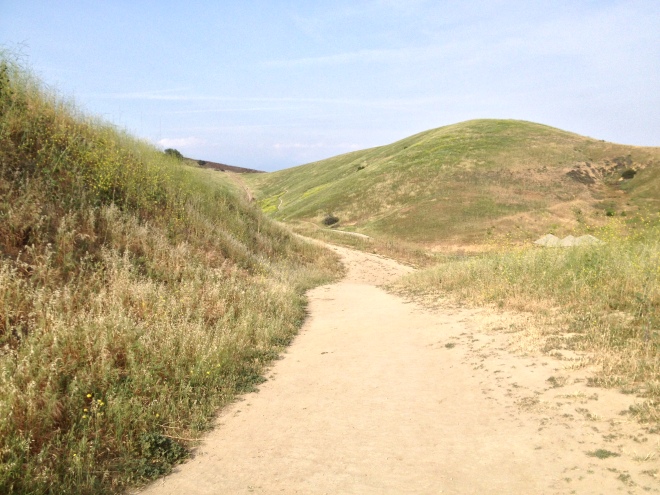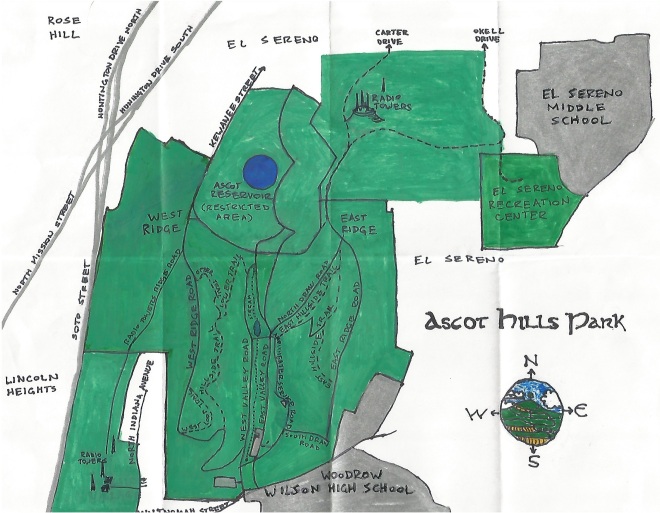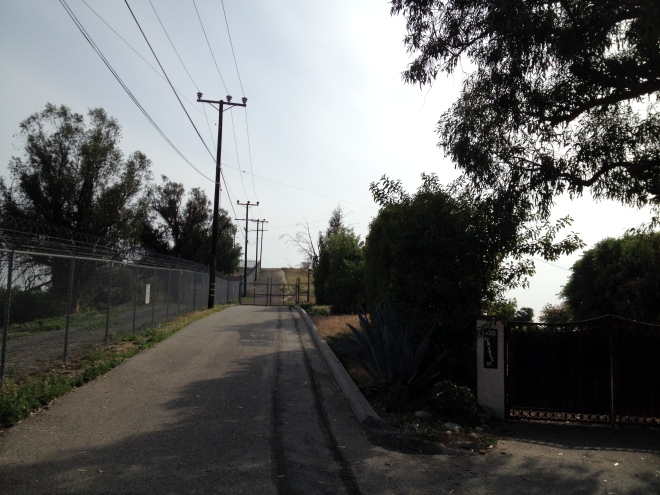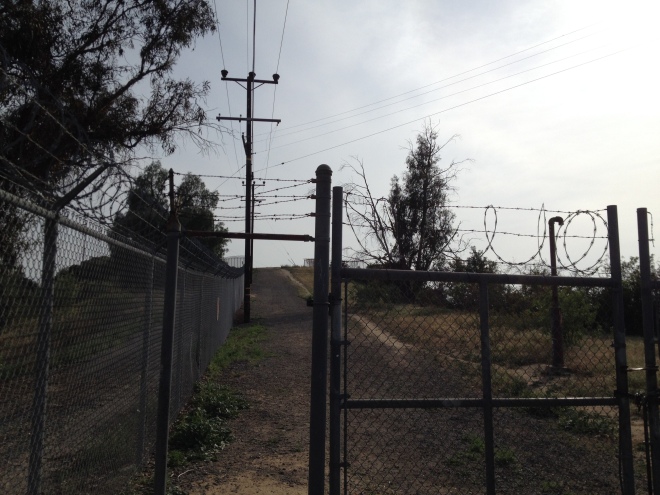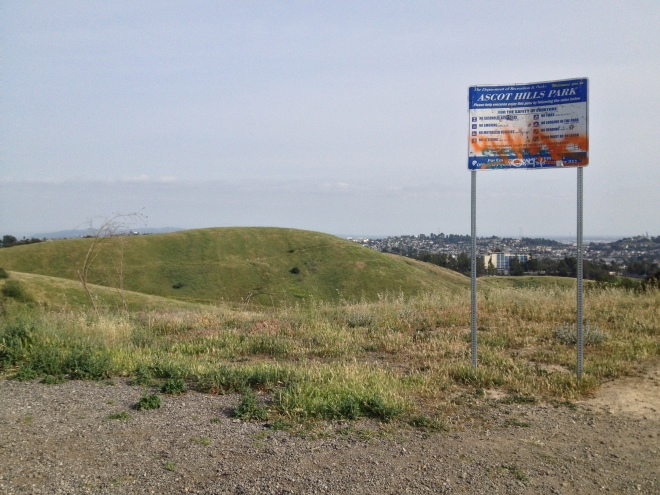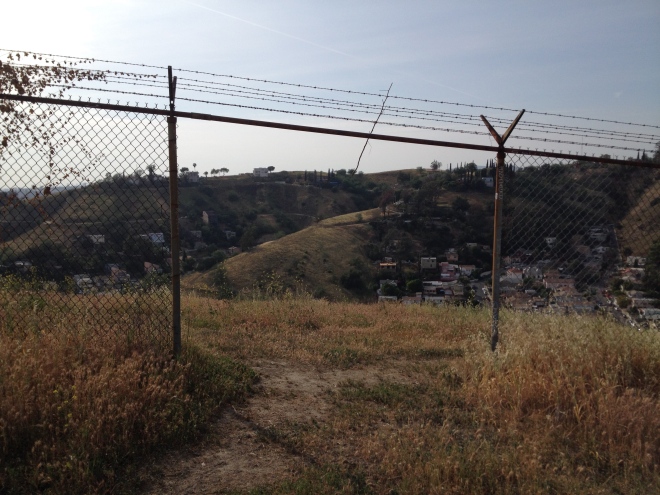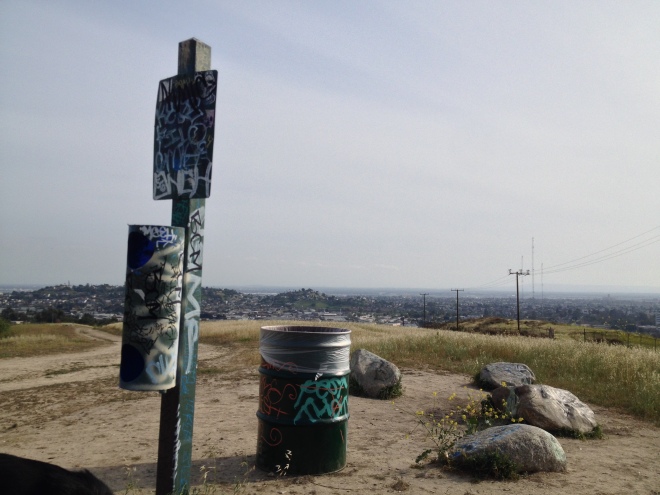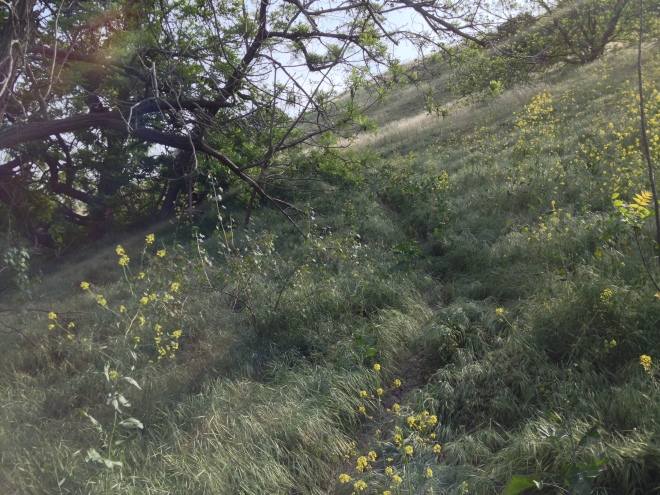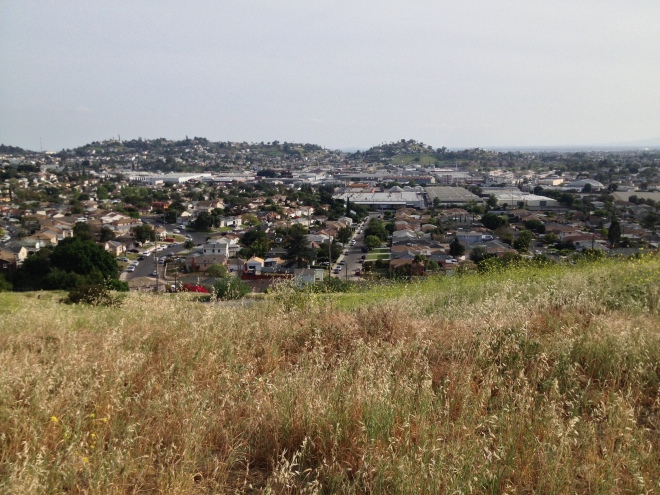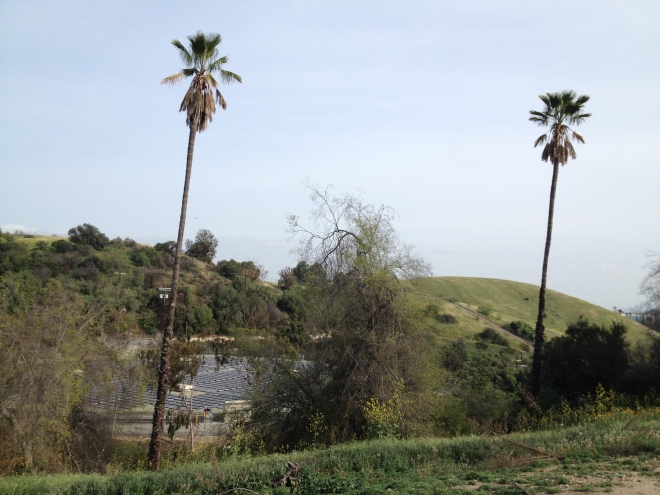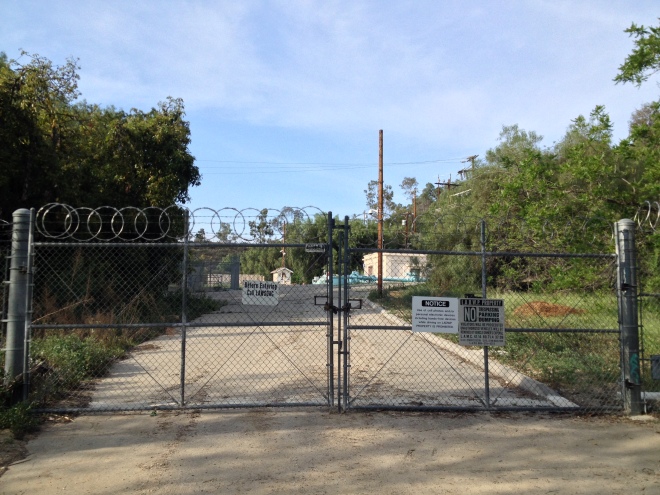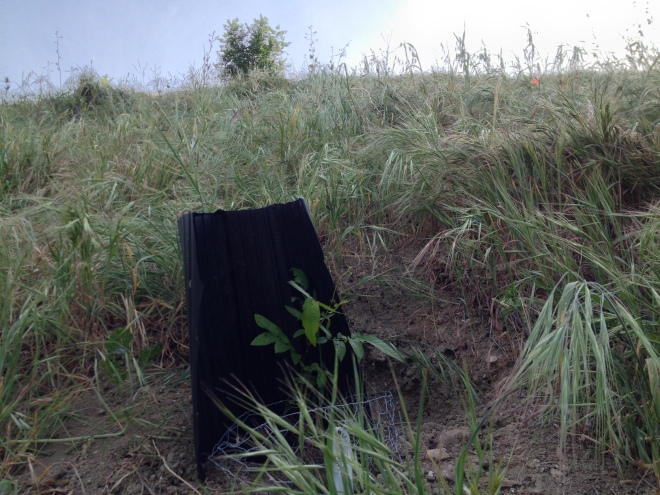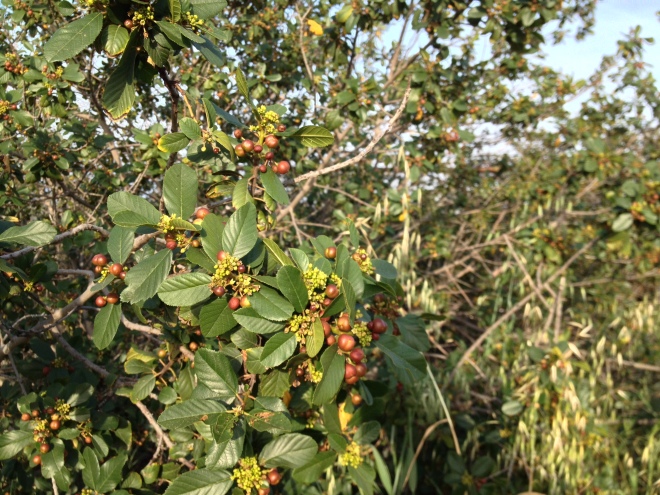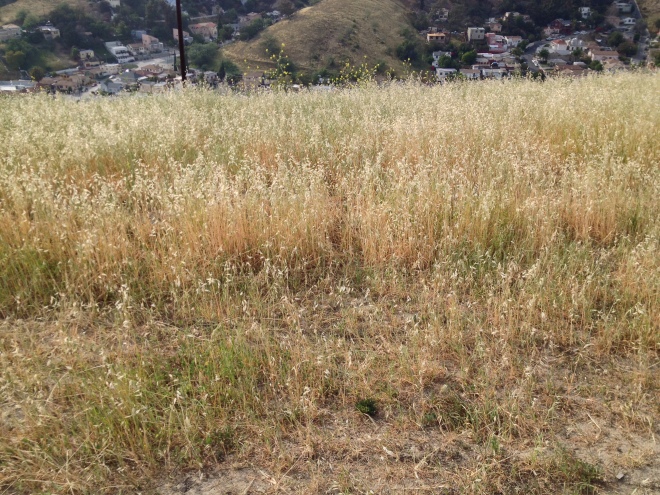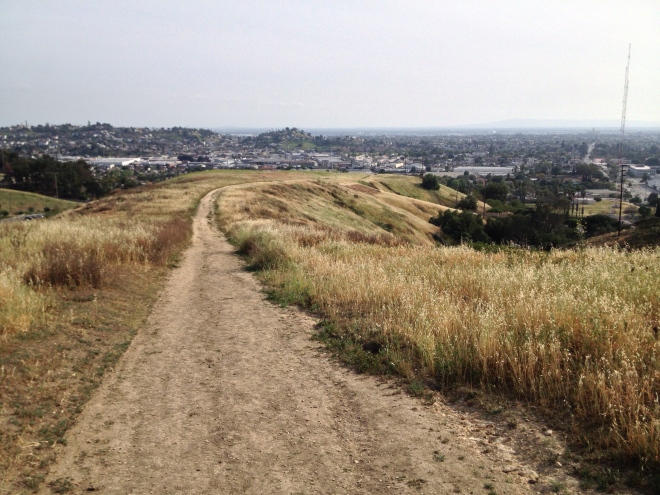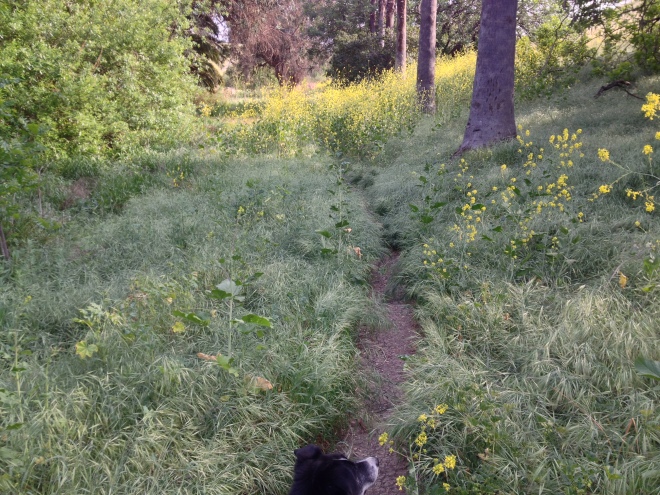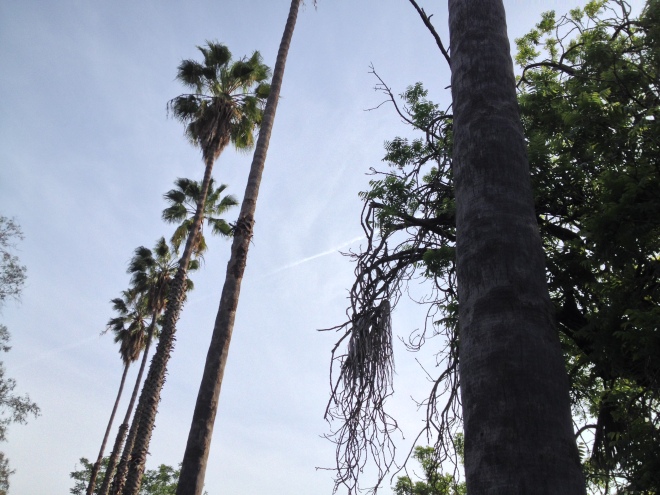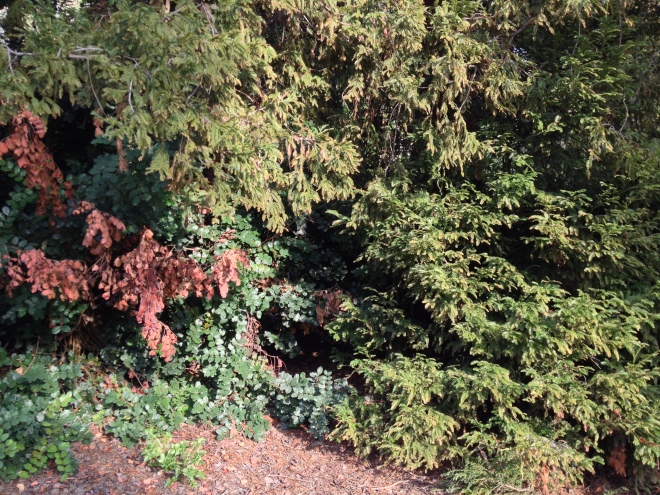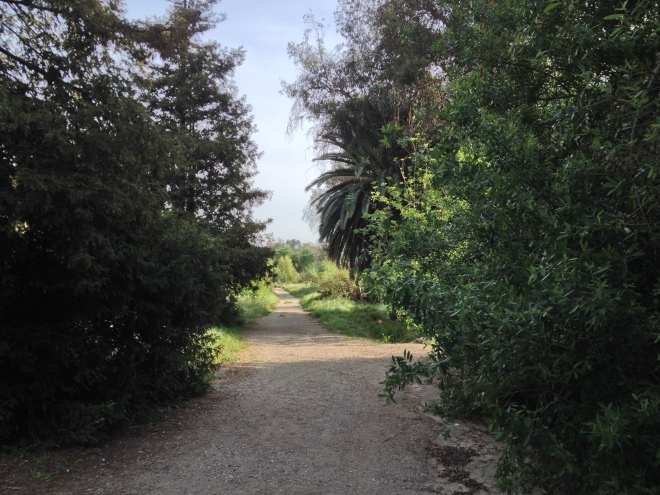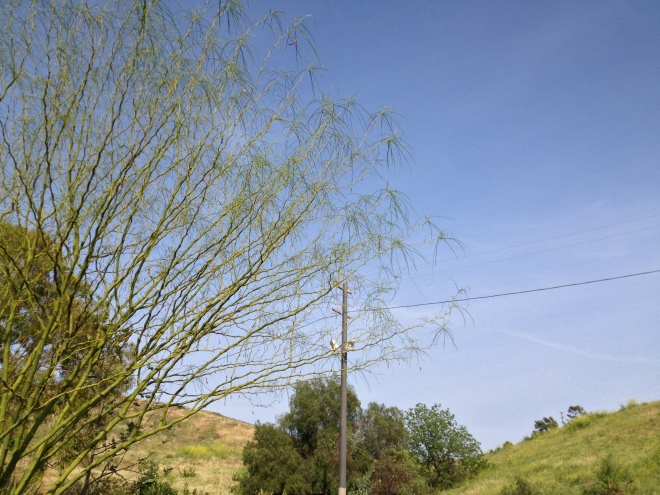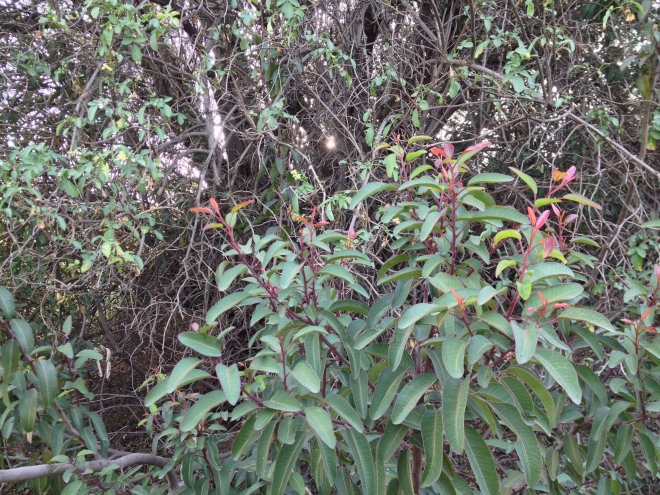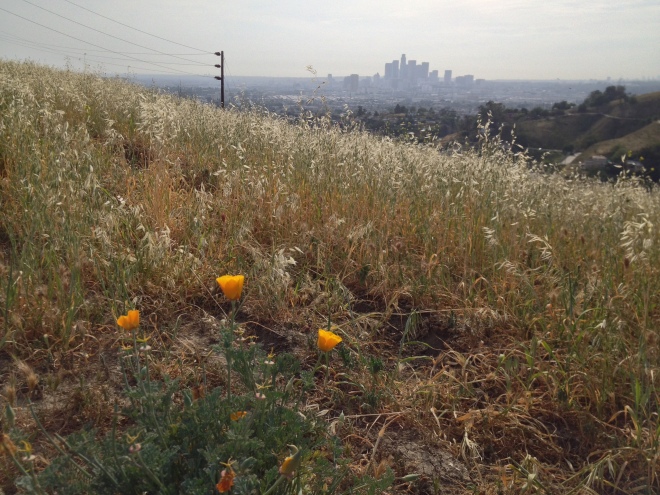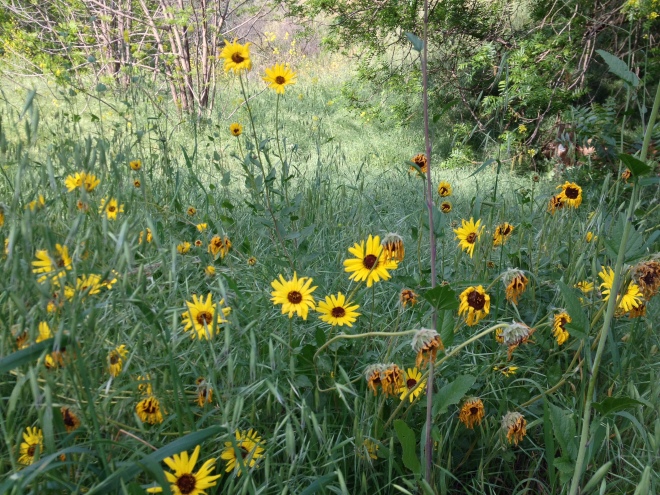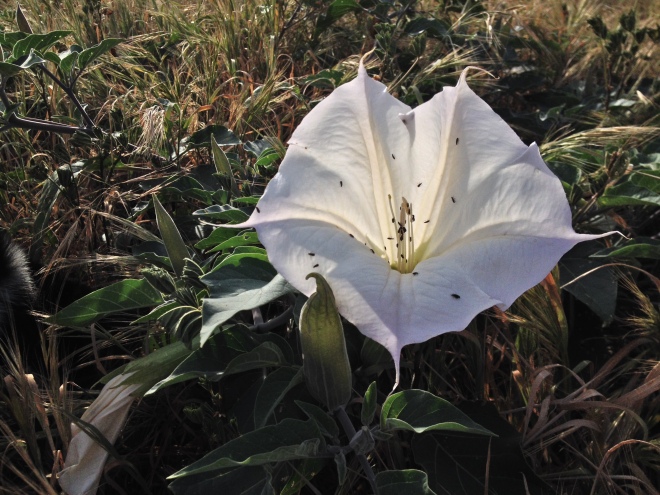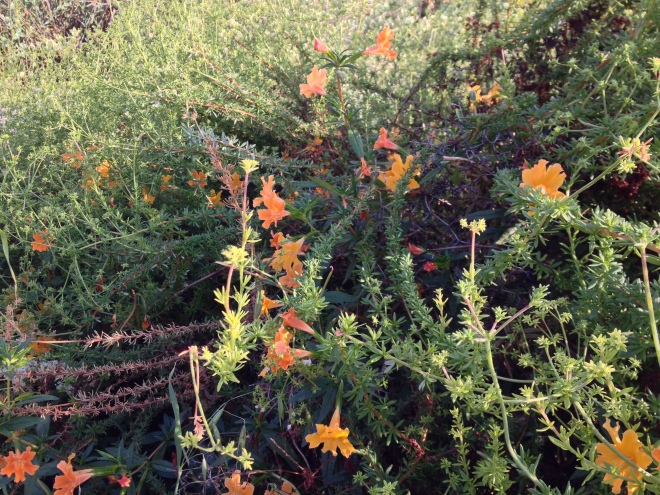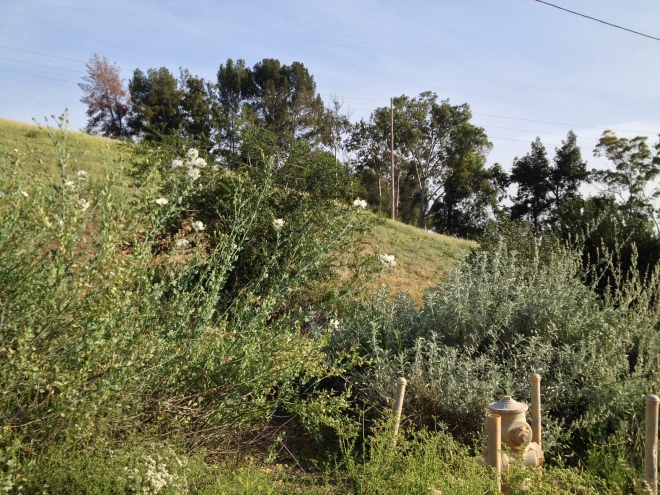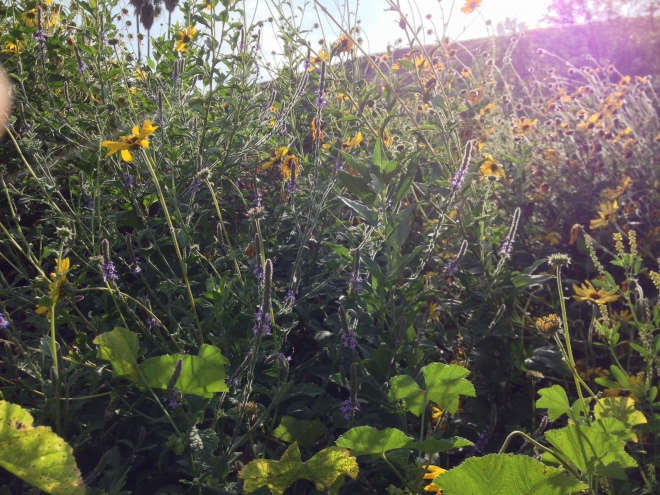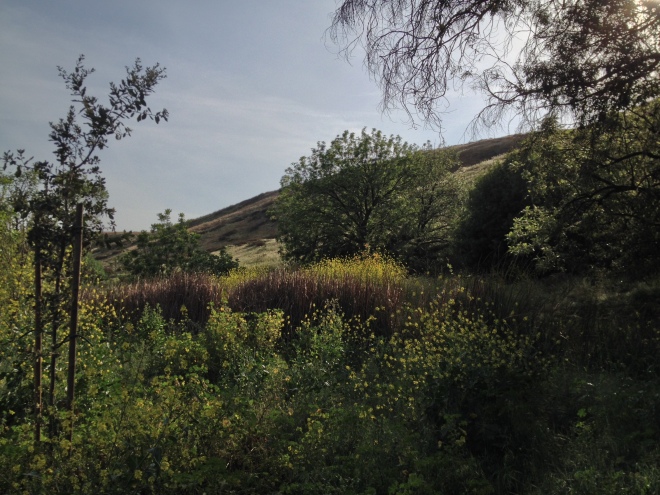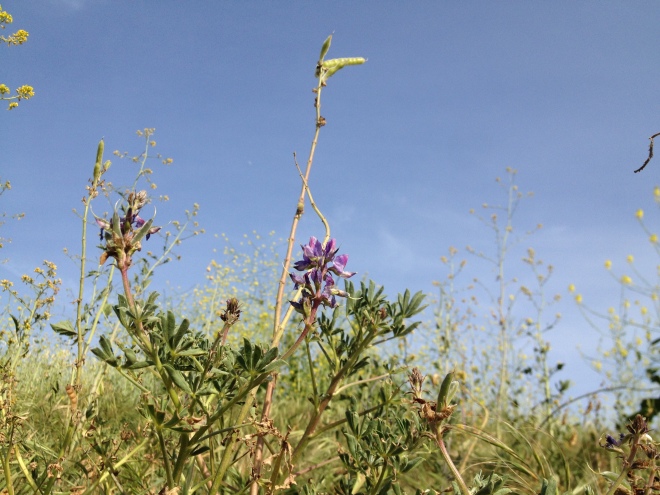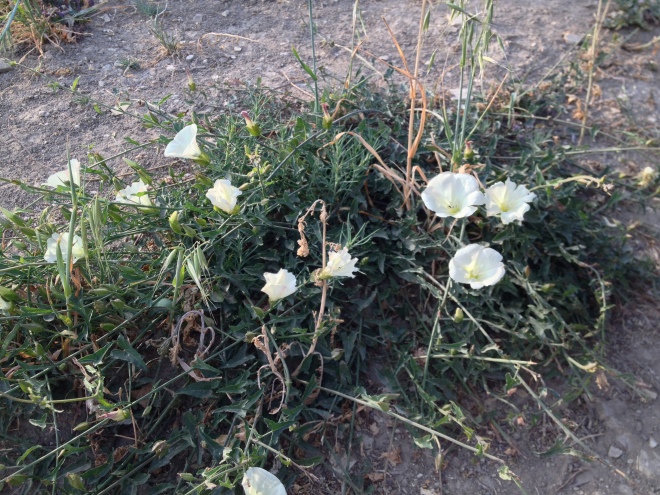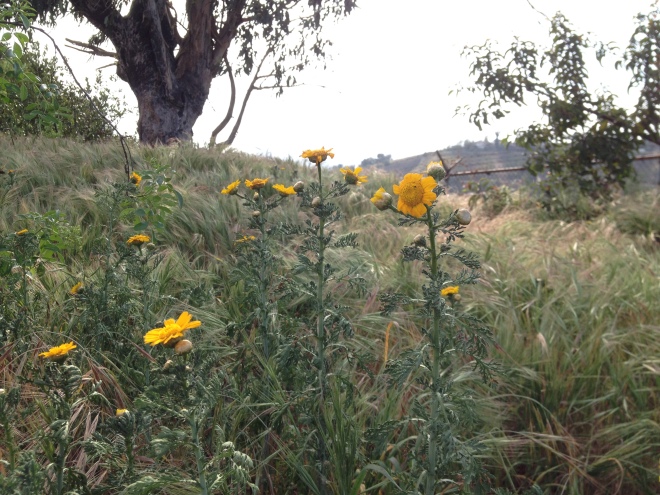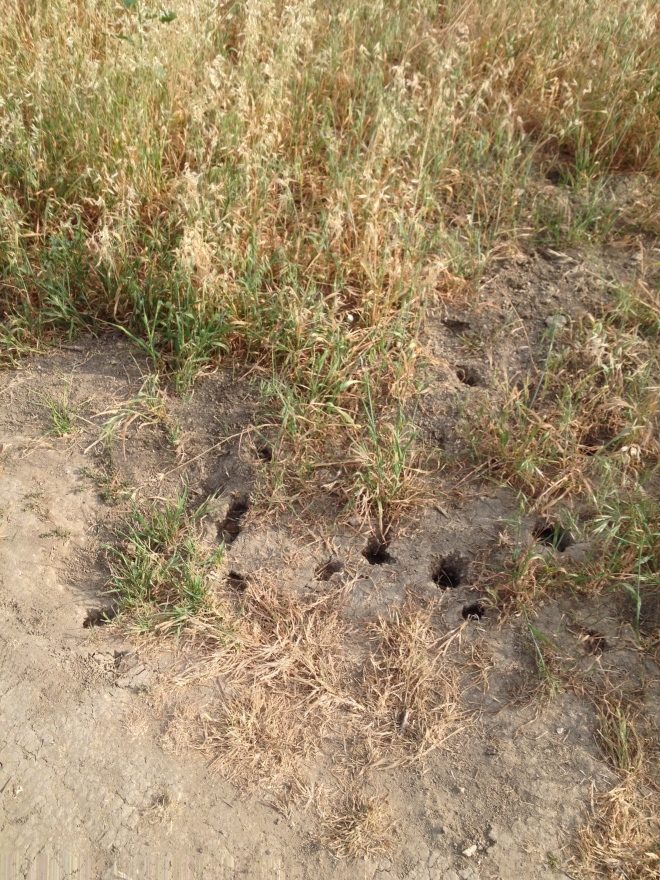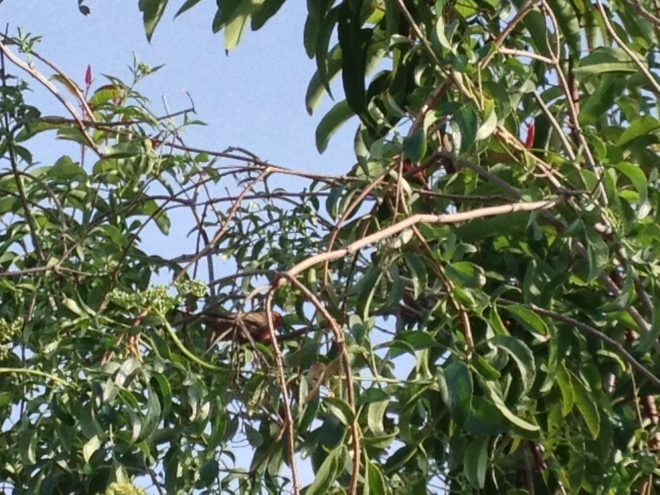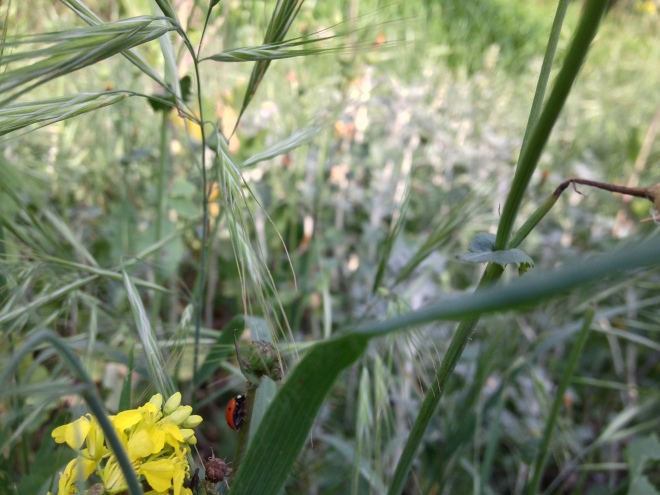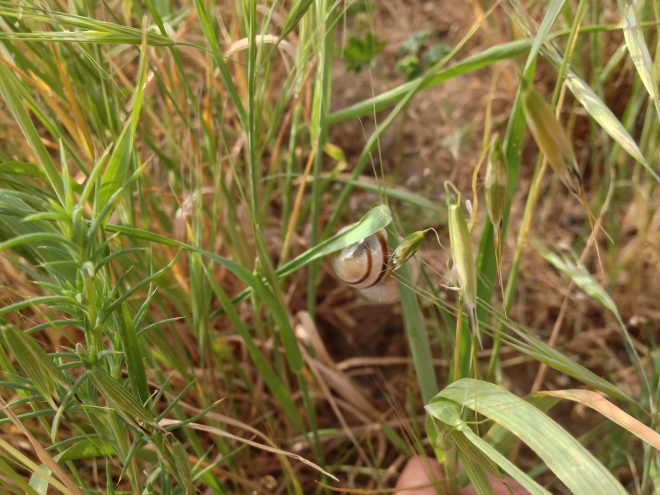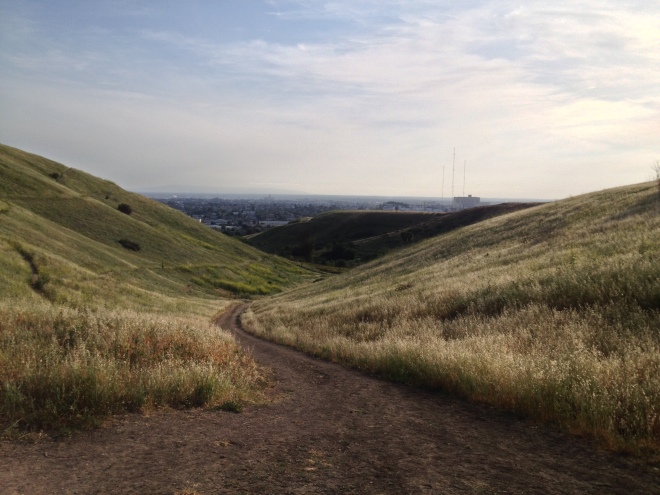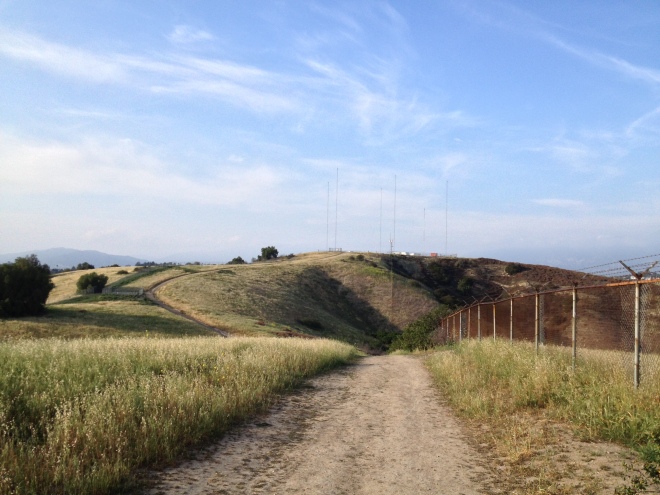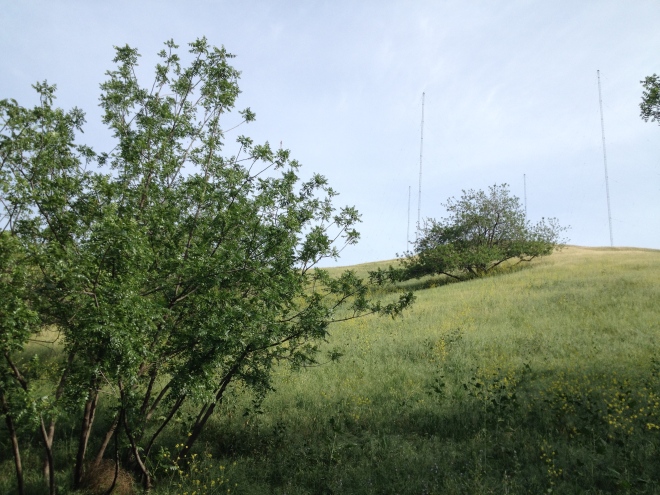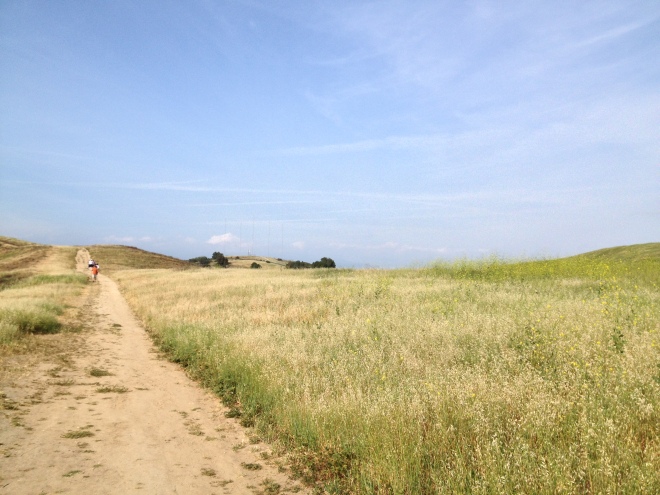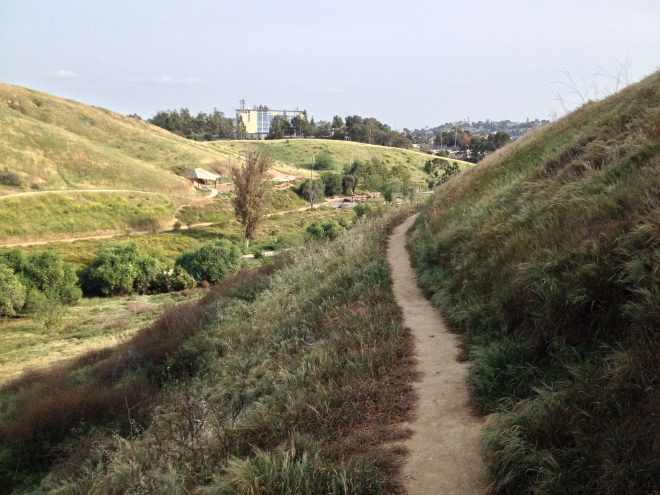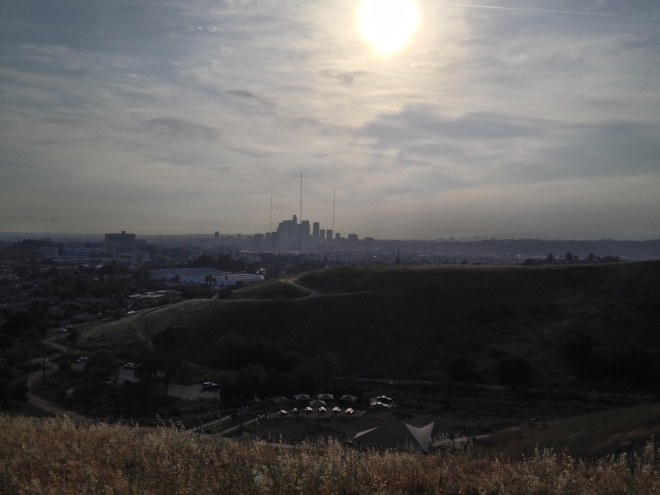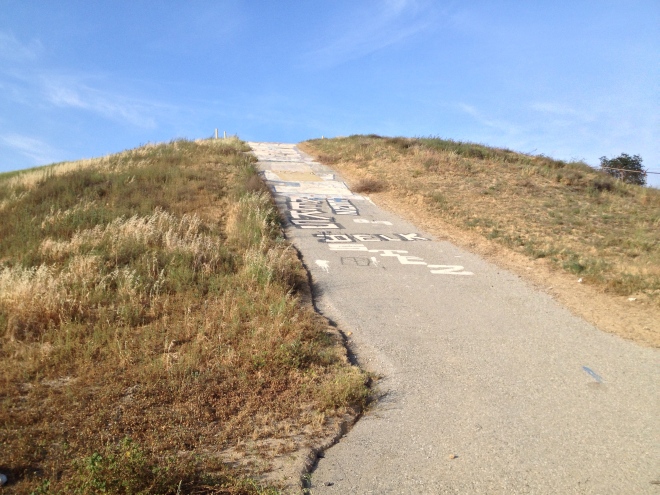Alissa Walker (image source: Zaki Mustafa)
I first met Alissa at a tour of Dodger Stadium organized by design east of La Brea (deLaB) to which I walked -- a decision which produced the unexpected result of my being escorted by security. Walker rode her bike. I didn't realize at the time that I'd heard her interviewed on Notebook on Cities and Culture, which had made me want to talk to her about Los Angeles, which I'm only getting around to now.
*****
ME: I've had people suggest to me that I've walked somewhere simply to show off and that biking is irresponsible and means that I don't care about my loved ones. Do you ever encounter hostility from people over your decision to walk, bike, or take public transit? If so, to what do you attribute that?
ALISSA: Ha, walking to show off is definitely a new one! While it's not really hostility, I do think that especially like 10 years ago when I'd walk, bike or take transit somewhere in LA people would be really surprised -- like almost to the point of disbelief. I do remember some condescending moments in the early days when people would be like, oh my god, I'm so sorry you don't have a car, do you need a ride? Or they'd see me walking somewhere and email me later and be like, hey, is everything okay?
Gerry Mulligan Tentette - "Westwood Walk"
When I'm deciding whether to walk, bike, bus, take the train, take a ferry, or drive somewhere in Los Angeles I go through a process of asking what means or combination of means will make the most sense for the occasion -- and yet I'm questioned all of the time about how I got somewhere and why I chose to come that way, even though my answer is always the same, "It made the most sense." Do you get that too and if so, to what do you attribute that?
Yes, it's the best conversation starter! It's always like The Californians sketch on SNL, "I took the 704 to the 217 and got off at Wilshire to go to LACMA?" But I will say in the last five years or so when I get questions about how I got somewhere it's more because people are interested in doing it themselves. I get a lot of texts and Twitter replies from people asking transit advice, which I love! And then I tell them to post a photo of them out there walking or at a bus stop so other people can be inspired.
What, if anything, do you say to people who happily take public transit whenever they visit another city but simply insist that public transit is non-existent or woefully inadequate and that they must, as a result, make every single journey (no matter how short) in their car?
I always ask people just to try getting out of the car some of the time?whatever length of time they're comfortable with. Maybe it's a day, maybe it's a whole week. But I swear that even the attempt to take transit in LA will result in some pretty cool experiences and you will probably be able to see at least one benefit -- saving money, getting your time in the car back to do what you want, losing weight -- that will keep you coming back for more. I was hooked after one day riding transit. It made LA feel like a video game!
Guy Clark - "LA Freeway"
What improvements would you like to see made with Los Angeles's train, bus, bike, and walking infrastructures?
Obviously I'd like all the planned rail expansions to open yesterday, but it's great they're finally happening. I think the 405 expansion was a huge mistake and we should have invested in light rail instead. One of the coolest pedestrian projects is an Urban Trails app which isn't technically infrastructure but phone-guided walking tours that help point out connections between neighborhoods and the history within them.
"...you got your feet in L.A. But your mind's on Tennessee" (The Westside's Tennessee Ave, no doubt)
What books, songs, films, radio dramas, &c do you think get Los Angeles right and which do you think get it particularly wrong?
I produced a whole radio segment for Studio 360 tracing the history of the "Nobody Walks in LA"catchphrase, and it was pretty interesting to see the origins of such an engrained part of our culture (it actually originated not with the Missing Persons song, but with David Brenner's standup on the Tonight Show -- which was a riff on the Ray Bradbury short story "The Pedestrian"). That's probably the thing that people get the most wrong about LA. But it's a very funny thing that LA is going through right now. I'd actually say that for the first time, films and TV shows are interested in portraying the city as a real place with actualneighborhoods and streets and people. I watched Los Angeles Plays Itself the other day, an awesome 2003 documentary about this very topic, and I realized that luckily most of the stereotypical examples are now outdated.
You moved to Los Angeles from St. Louis, Missouri, right? Are there any films that you feel like get Missouri or St. Louis especially right or wrong?
Gosh, I can only think of a handful of movies set in St. Louis. Meet Me In St. Louis? Oh then there's of course the scene in Vacation where the tires are stolen off the Griswolds' car while they're in East St. Louis. I'd like to see more movies set there!
(Check out Show me the Mo Movies!!! - Missouri in Film and TV)
What are some of your favorite things that you notice on foot that you wouldn't notice on bicycle, car, bus, or train?
So many things! I try to snap a photo of these things when I see them, and last year Los Angeles Magazinehad me write a weekly column where I'd post my photos and write about what I saw. There are bizarre things that you can really only see on foot, like this fake tree in DTLA, or everyday things with a special perspective that pedestrianism provides, like this beautiful McDonald's seating. One of the most amazing things that you can only really see driving but I never noticed until I was on foot is this spiral staircase in the middle of the 5. Oh, and the peacocks.
I mentioned in my interview with Karie Bible that it seems like there's a renewed interest in public space not just in Los Angeles but around the country. It seems like everywhere there are farmers markets, community gardens, open streets events, outdoor film screenings, &c and you recently spoke on that for the Third Los Angeles Project. It seems to me like the last frontier of the public resurgence is public transit. Do you agree and if so, to what do you attribute that?
It may even be the other way around. In LA and many other cities, it's these new public transit investments which actually started in the last decade or so but are finally starting to really become part of the urban fabric. Now people can start to see a real way to live locally and publicly -- things like farmers markets, pocket parks -- because good transit helps enable that.
I get my news from a variety of domestic and foreign sources but I am routinely bemused, baffled, and annoyed at how continually both incredibly condescending and utterly disconnected New Yorkpublications are about Los Angeles. What is that all about?
Dude. It's really just so 1990s to trash LA, but luckily we don't really care. However I have started a hashtag to track all the offenses at #LAHaters. Curbed did an awesome bingo card recently with all the stereotypes listed. We need to turn it into a drinking game.
Curbed LA's NYTBingo
Since we speak the same language, why do you think New Yorkers don't just read about Los Angeles from people who actually know what they're talking about? Is it because they don't know who they are? Who would you recommend following or non-fiction books do you recommend reading?
I think they should just stay in their bubble. Their dirty-snow-on-the-first-day-of-spring bubble.
Obviously there's the City of Los Angeles and the County of Los Angeles but what are the boundaries of your "Los Angeles?" For example, does it exclude parts of Los Angeles city or county or does it include parts of the Inland Empire or Orange County?
LA is a state of mind for sure. I'd definitely include the IE and OC -- but that's really a bigger question. I'd love to see you do a mapping exercise that explored this!
If you had first-time guests with wide-open minds and broad interests, what would you show them in Los Angeles?
My favorite-ever thing to show people in LA is the Big Parade, a two day, 40-mile, 100-staircase walk from downtown to Hollywood. It is the best possible primer for the city because it shows you that the city was actually built around people, not cars. But it's also a great way to see great architecture, meet wonderful neighbors and of course have a lot of fun.
Are there any organizations or folks that you'd like to give shout outs to or anything else you'd like to say here?
If you want to go on eastside design tours like the Dodger Stadium one you mentioned above, come todesigneastoflabrea.org and sign up for our newsletter. And if you want to join some fun walks that explore the city's thriving pedestrian culture, come to losangeleswalks.org!
John Mayall -- "Walking on Sunset"
*****
Follow ericbrightwell.com

